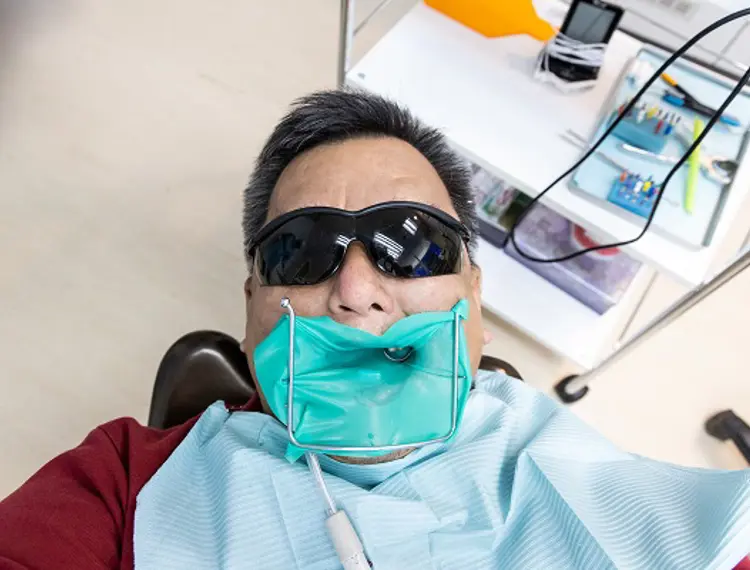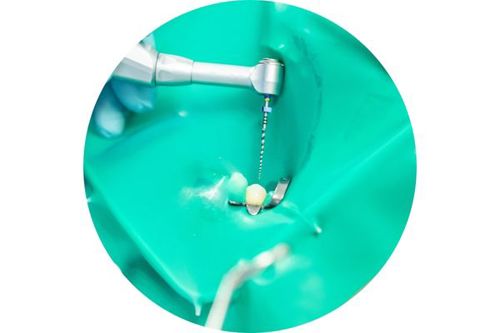
Key messages
- A rubber dam is a thin square sheet of rubber latex used to keep teeth having dental treatment away from the rest of the mouth.
- Non-latex rubber dams are available.
- In Australia, the use of the rubber dam is mandatory when having a root canal treatment.
Did you know the human mouth contains around 500 to 1,000 different types of bacteria?
That is why it is no surprise that no matter how well you clean your teeth and mouth, bacteria are still present. This is not usually a problem. However, it can be during certain dental treatments. If you are wondering how to stop this, not to worry, your dentist has it covered! It is called a rubber dam.
What is a rubber dam?
A rubber dam (or dental dam) is a thin square sheet of rubber latex used to keep teeth having dental treatment away from the rest of your mouth. This is done by making holes in the rubber dam that will go around the teeth. It is held in place by a metal clamp that holds onto a tooth. A metal or plastic frame fits over the dam to stretch it out making it tight so your dentist can see clearly.
Most dental dams are made of latex but latex-free options are available.
What is it used for?
Rubber dams are used for a variety of dental procedures including:
- root canal treatment
- crown and bridge treatments
- gluing veneers to the surface of teeth
- fillings to fix teeth affected by tooth decay.

Benefits of using rubber dam include:
- a bacteria-free treatment area
- saliva and blood are kept away making a dry treatment
- it creates a protective barrier that stops dental materials or instruments, especially those that are very small, from accidentally being swallowed or breathed in.
Blood, saliva and bacteria in the treatment area can affect the success of treatment.
In Australia, the use of the rubber dam is mandatory when having a root canal treatment.


